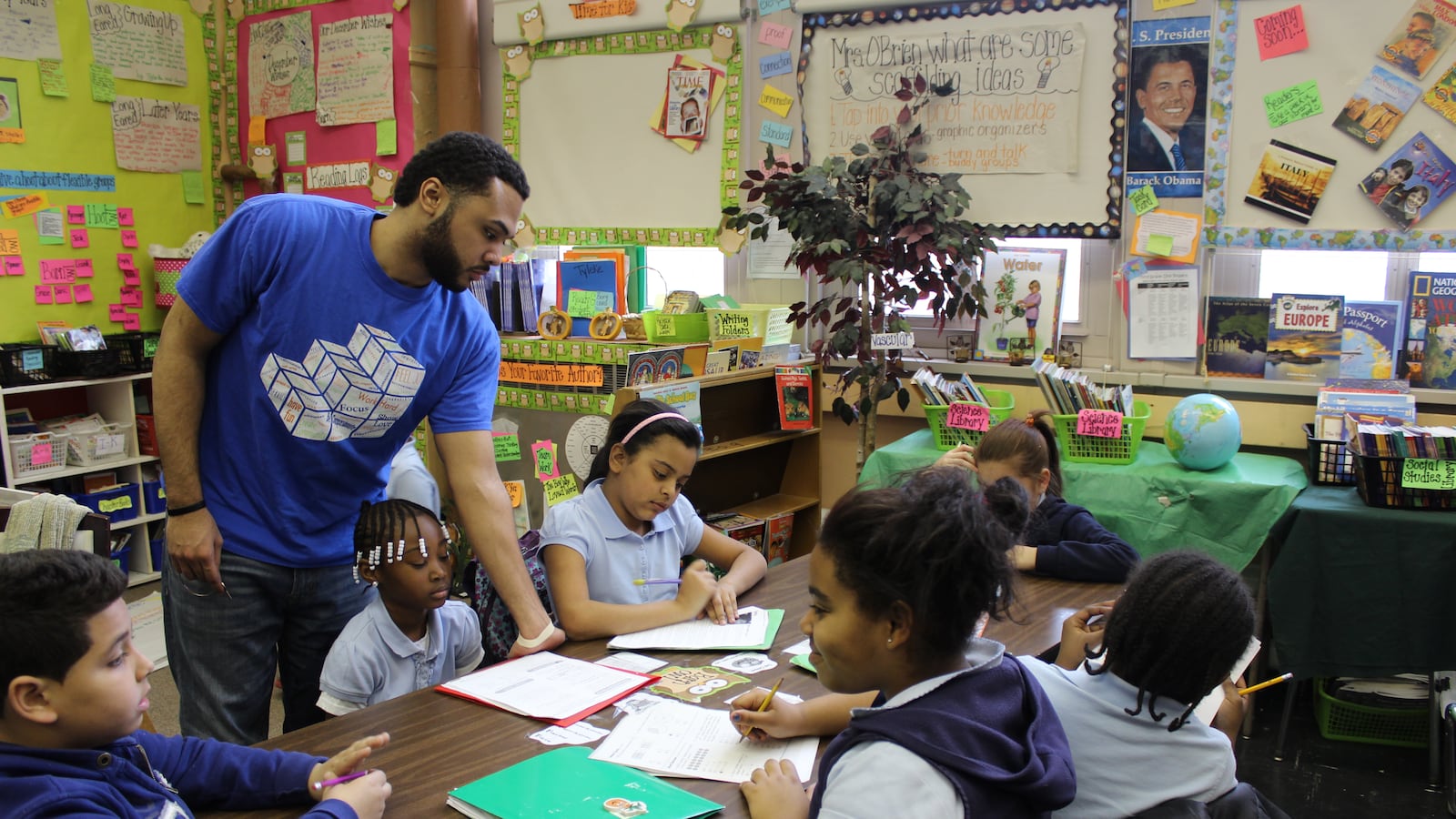The hours between 3 and 6 p.m. — when students are out of class but most parents are still working — are critically important to a child’s well-being. But despite national efforts to improve access to after-school programs, many children, particularly in poor neighborhoods, still don’t have seats. That’s the main finding of a new study released Tuesday by the Afterschool Alliance, a national advocacy group.
Children who live in low-income neighborhoods are actually more likely than average to participate in after-school programs — but demand far exceeds supply, according to the Alliance.
The group looked at communities of concentrated poverty, where at least 30 percent of families are low-income. Almost a quarter of those parents said their children were enrolled in after-school activities — compared with 18 percent of parents nationally.
Yet, there is still significant unmet need, according to the study. Among families with children not already in after-school programs, 56 percent said they would enroll in such programs if they were available.
“The research shows us that access to after-school programs is critical to helping kids succeed. Kids spend only about 20 percent of their time in school. We need to think about the 80 percent they’re not in school,” said Jen Rinehart, senior vice president for policy and research at the Afterschool Alliance.
The Alliance did earlier research on New York City, and found that 28 percent of all New York City students (not just those living in poor communities) were enrolled in after-school in 2014, higher than the national average. But among those not enrolled, 67% of parents said they would enroll their children if they could.
That statistic, based on 2014 data, pre-dates Mayor Bill de Blasio’s announcement that expanded access to after-school would be a priority in his education agenda.
Under de Blasio, the city has poured $305 million into creating an after-school seat for every middle school student who wants one. Enrollment in after-school doubled to more than 116,000 middle school students last year, according to figures provided by the New York City Department of Youth and Community Development.
In a statement, DYCD Commissioner Bill Chong said after-school programs help students grow into responsible adults — but they also serve a broader purpose of leveling the playing field.
“The unprecedented expansion of after-school opportunities for middle schoolers is providing safe, high-quality learning and recreational opportunities, and helping to reduce inequality across all communities,” he said.

